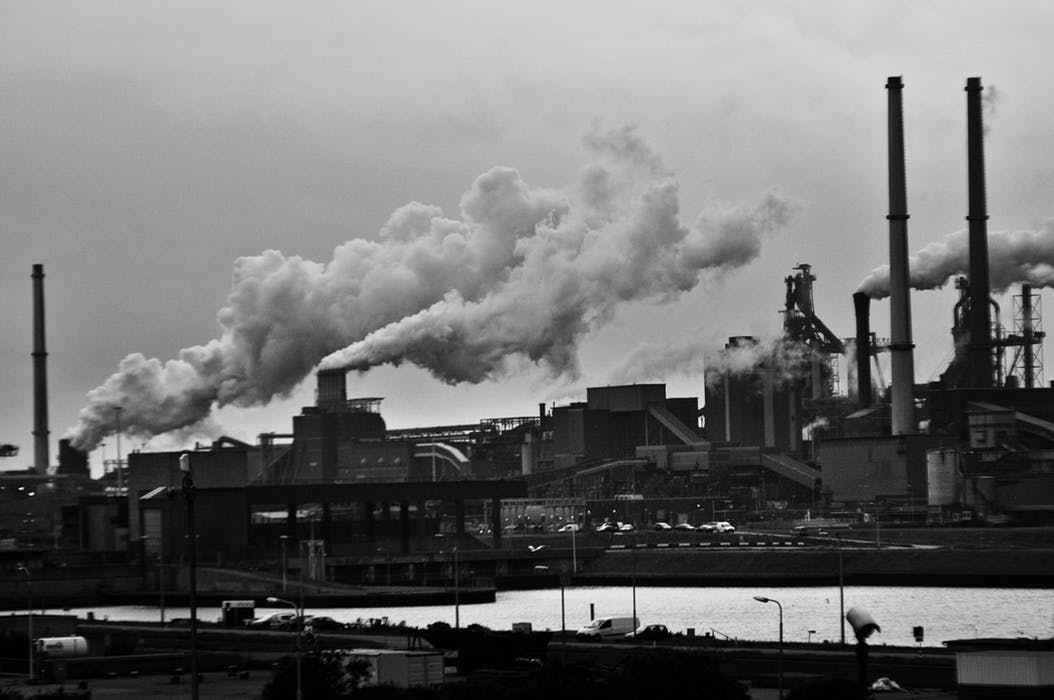

Human activities produce 40 billion metric tons of carbon dioxide in a year as per 2015. This number is higher than what volcanos produce in a year. Looking at this figure might not mean something, but look at it this way. To create such amount of carbon, you’d need to burn a forest the size of the African continent every day throughout the year.
However, human activities produce the same amount of carbon dioxide by barely doing ordinary daily things like eating, using electricity, and other causes of climate change.
Fortunately, there are ways you can reduce the carbon footprint in your daily life. Take a look.
Contents
Tips for Minimizing Carbon Footprint
1. Dry your Clothes in the Sun
Technology has brought amazing innovations, including cloth drying machine. Well, you can use a device to wash your clothes, but using a dryer increases electricity use and thus more carbon dioxide production. Besides, a tumble dryer consumes a lot of energy, which increases your utility bills.
2. Have a Green Garden
Today, you don’t need to have a soil garden to plant. So, whether you live in an apartment or somewhere else, you can implement a method of planting green plants on the balcony. Plants absorb carbon dioxide and produce oxygen during the day. This is a mutually beneficial relationship between humans and plants because people need oxygen, and plants need CO2 produced through human activities.
Having a green garden applies to offices too or urban where it is crowded with human activities creating a heat island. Planting trees, grass, and other plants in offices and outside the buildings will decrease carbon footprint.
3. Avoid Fast Fashion and Consider Second Hand Clothes
The fashion industry generates over 1 billion tons of gas emissions in a year. This means every time you rush to buy something because it’s trending, you increase the carbon footprint. Mass-produced items are charged at a lower rate so that most people can buy them. Unfortunately, you’ll dispose of these textiles and create room for newer clothes.
Well, you can still buy fashionable products but ensure they’re marked as organic cotton. Other types of cotton might be genetically modified. Alternatively, shop in second-hand stores as these will help you in the realization of minimizing carbon trails. Besides, transporting fast fashion over miles requires the consumption of energy. A company has to carry textile over water, air, and vehicles, and it happens every fashion season. Indeed, these transport vessels produce carbon, thus increasing the CO2 trail.
4. Limit Your Meat Consumption
How much water does a cow take in a day? Unquestionably, agricultural animals consume more freshwater to aid in the formation of meat. In fact, it takes 5000 gallons of water to form a pound of beef. Beef producing animals drink up to 11 times more water and generate carbon five times more as compared to poultry. So, try and avoid taking a beef product, and indirectly you’ll be a step closer to achieving the right carbon blueprint.
5. Reduce the Times You Use Your Car
There are some countries where the price of a car is affordable, making almost half the population own one. Unfortunately, these vehicles produce carbon in the air making it the uninhabitable earth. Therefore, consider riding a bike or commuting via public means to limit the times your car emits carbon.
Furthermore, if you have an old car, avoid using it. Every product has an expiry date, including cars whereby if you exceed using it beyond a specific timeline, it becomes harmful to the environment and your health. So, sell a damaged car and replace with a new one or use public transport.
6. Unplug Your Charger
Sometimes you can plug in a charger and forget to unplug it once you’re through with charging your devices. Although it seems like the charger doesn’t consume power, it drains over $19 billion worth of energy in the USA. Imagine the amount of energy loss in the whole globe. So, if you’re not charging a device, unplug from the socket even when you’ve switched it off.
7. Eat Locally Produced Foods
Eating something from another country means it got to your market via aeroplanes, ships, and other means. Indeed, transport modes consume energy and produce carbon. Imagine the time it takes for that product to reach your market from another country. Sometimes these products have to be preserved with chemicals or harvested earlier and thus less nutritional values.
Choose food products from your local, and if you can plant some at your backyard, proceed and do it. The point is, pick something that doesn’t affect the environment negatively.
Take Away
Measure the carbon footprint to get the idea of where you rank. You can then minimize the emission of CO2 where possible. You might eliminate carbon. But, the few things you incorporate in the realization of minimizing carbon will reduce the overall per cent eventually. The above seven tips are some of the everyday stuff almost everybody is involved in. Take one step at a time, and the world will be a more fabulous place to live in.



